Rosacea
Individuals with Rosacea typically experience redness of the face, frequent flushing, and red bumps and pimples. Other symptoms can include dilated superficial blood vessels, red skin, small pustules, coarse pores and enlarged sebaceous glands. The redness is often aggravated by stimuli like heat, sun exposure, embarrassment, excitement, hot spicy foods, coffee, tea, and alcohol.
Rosacea is most common in middle-aged people, as is more common in women than men.
Treatments for Rosacea include topical medications and oral antibiotics to treat the pimples and bumps, and other medications or laser treatments to decrease the redness and flushing. Topical medications can relieve symptoms, but rosacea is chronic. Reducing emotional stress as much as possible can reduce the chances of an outbreak, and avoiding the sun can help alleviate breakouts.
Superficial blood vessels can be treated with laser technology if the disease seriously infringes upon your everyday life.
The four subtypes of rosacea are:
- Erythematotelangiectatic rosacea: Redness, flushing, visible blood vessels.
- Papulopustular rosacea: Redness, swelling, and acne-like breakouts.
- Phymatous rosacea: Skin thickens and has a bumpy texture.
- Ocular rosacea: Eyes red and irritated, eyelids can be swollen, and person may have what looks like a sty.
Specialties
- Agnes RF
- Blue Light & Levulan
- Botox Cosmetic
- Cellulaze
- Chemical Peels
- Clear + Brilliant Laser
- CoolSclupting
- CoolTone
- Cosmopen
- DAXXIFY
- Dermal Fillers
- Elite Laser
- FotoFacial
- Fraxel Dual Laser
- FX Laser Resurfacing
- HydraFacial
- Kybella
- Latisse for Lashes
- Laser Hair Removal
- MiraDry
- PicoSure Laser
- PRP Hair Restoration
- Scarlet SRF
- Scar Revision
- Sclerotherapy
- Skin Cancer Reconstruction
- SmartLipo
- SofTap
- Tattoo Removal
- Ultherapy
